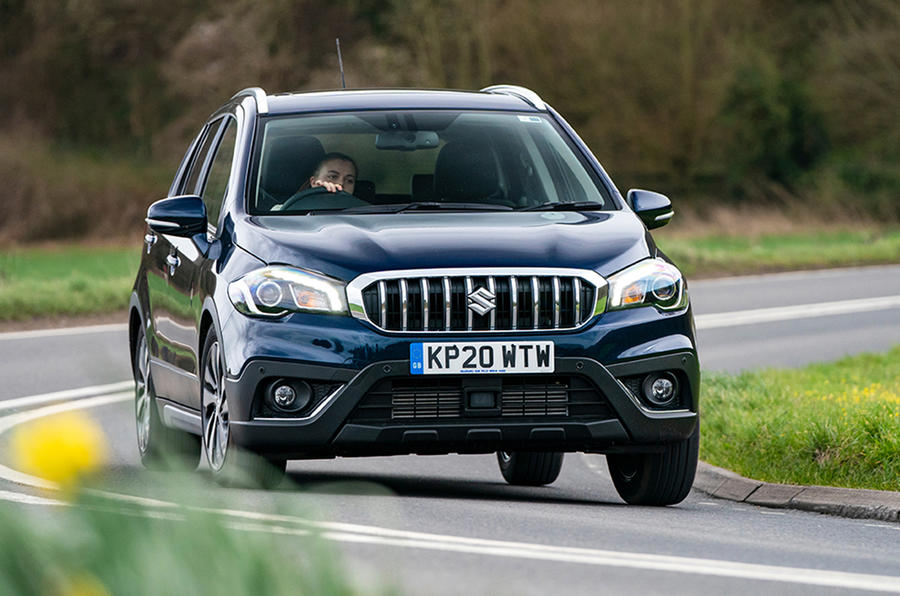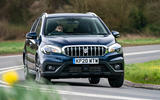What is it?
When KERS – that’s kinetic energy recovery system – was introduced to Formula 1 back in 2009, it seemed an excitingly forward-thinking innovation. In fact, its complexity made it so expensive that the teams agreed not to use it for the 2010 season.
Just over a decade later and not only are F1 cars now full hybrids with KERS systems that can contribute 160bhp, but also KERS technology is rapidly being fitted to everyday road cars.
And perhaps surprisingly, it’s Suzuki – a mainstream manufacturer less suited to billion-dollar motorsport you couldn’t find – that has become the first to apply it to every car in its UK line-up. So yes, that encompasses the Suzuki Swift supermini, the Swift Sport hot hatch and the crossover trio of Suzuki Ignis, Suzuki Vitara and SX4 S-Cross, the last of which we’re driving here.
Of course, this system is far from as comprehensive as that you’ll find in Lewis Hamilton’s Mercedes, but it is an upgrade on that pioneered by Suzuki in 2016, with 48V electrics over 12V.
The basic idea is this: energy that would otherwise be lost under braking and throttle-off cruising is harvested and then sent to a small lithium ion battery under the front passenger seat. From there, it’s dispatched to a belt-driven integrated starter/generator (ISG) during stop/start driving.
Another feature, which isn’t yet common among so-called mild hybrids, is that the 48V Suzukis can idle and even coast below 10mph on electric power. When you’re stationary or depress the clutch pedal at around 1000rpm, fuel injection makes way for the electric component to control engine idling.
The end result of all this, according to Suzuki, is considerably more torque, an improvement of up to 15% in fuel economy and as much as a 20% reduction in CO2 emissions, at the penalty of only an almost insignificant extra 15kg in overall weight.
Indeed, the peak torque output of the S-Cross’s turbocharged 1.4-litre four-cylinder petrol engine has risen not insignificantly from 162lb ft to 173lb ft. However, you may be surprised to see that power has actually fallen, from 138bhp to 127bhp.
That’s because this car has not merely had a mild-hybrid system bolted on but also introduces the latest evolution of the Suzuki K-series engine, which contributes to the efficiency improvements made.




























Join the debate
Add your comment
Love the car
love this
Blame some peoples beloved EU
Plastic fantastic
In a BMW they're an extra!